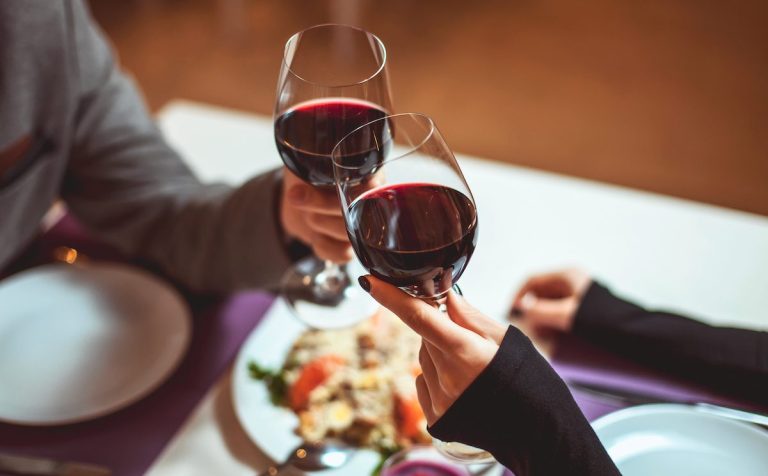
Fully personalized dining experiences are already possible once restaurants and customers get onboard, according to Olo.
In an interview with PYMNTS, Noah Glass, CEO of the restaurant technology platform, said the company’s vision of the Restaurant of the Future, wherein customers are identified every step of the way and restaurants personalize the experience to their habits and preferences, is in the near-term vision rather than the long-term.
“This future is a lot closer than you all think,” Glass said. “Some of the more advanced things that you see there — the things that feel futuristic, like the license plate scanning or the facial recognition — those exists today. What’s new is this idea that everything is tied back to a single guest profile, that [we can] bring forth, what [the customer has] ordered in the past, what they like what they dislike, and we can make recommendations based on the larger data set.”
The vision of the restaurant experience includes drive-thrus recognizing diners and personalizing menus to their preferences. It includes dine-in restaurants remembering guests’ food and table preferences as well as allowing customers to walk out without waiting for the check, thanks to their saved payment credentials. It includes curbside pickup made more efficient with Bluetooth recognition and saved vehicle information, and more.
Indeed, many restaurants have been looking to personalize the on-site experience, with Panera Bread bringing loyalty member recognition into the in-store experience and Burger King testing out personalized drive-thru menus.
Glass noted that Olo has had the capability to do this since the company bought data platform Wisely back in fall 2021, adding that now it is a matter both of getting restaurants to adopt the technology and getting customers to change their habits. The latter is the bigger hurdle. Consequently, as Glass said he sees it, the first technologies to catch on will be the ones that do not require consumers to do anything differently.
For instance, the company’s handheld ordering devices, recently announced and not yet rolled out, will only require restaurants to adopt them and does not depend on consumers changing their routines. These will power some of the features such as greeting guests by name, offering personalized wine recommendations and recognizing special occasions such as anniversaries. (He offered the caveat that, while these do not require diners’ behaviors to change, they will need to opt in.)
Additionally, he noted that the drive-thru features are also in the nearer future, with license plate recognition enabling greater specificity, offering informed recommendations based on the customer’s preferences and on what similar guests have ordered in the past.
Ultimately, Glass said he believes the biggest benefit that this kind of technology will provide for restaurants is not the improved customer experience (and consequently improved loyalty) but rather the ability to have a comprehensive understanding of consumers’ behavior.
“Even when a guest is coming through the brand’s own direct channel, what we typically see is that it’s only 30% of the time that a guest is logging into an account, and that means that 70% of the time those orders too are completely anonymous,” Glass said. “[With our Borderless functionality], 70%+ of the time, guests are in a logged in state. … We’re entering a paradigm of every transaction tied back to a guest profile. That enriches that guest profile and the restaurant’s ability to operate more broadly.”